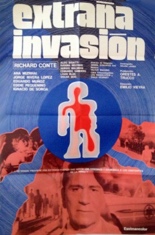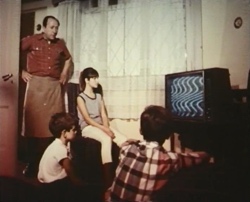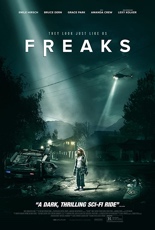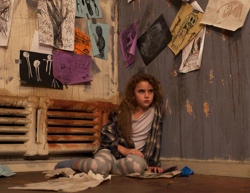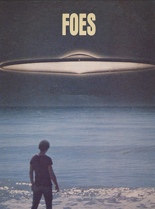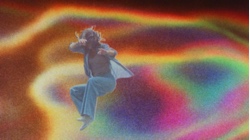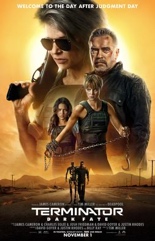
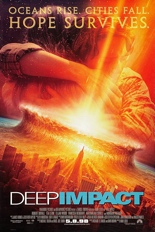 When originally released, Deep Impact was, arguably, the better of the two killer-space-rock movies released that summer, the other being the Michael Bay-directed Armageddon.
When originally released, Deep Impact was, arguably, the better of the two killer-space-rock movies released that summer, the other being the Michael Bay-directed Armageddon.
But now, 20 years later, viewed through the stinging eyes of the COVID-19 pandemic, it has become a once-hopeful film of a government that knows what it’s doing, a president who actually cares about people, and the world coming together in solidarity to defeat a deadly threat from outer space.
How times have changed.
In this 1998 disaster film, the comet is accidentally discovered by teenager Elijah Wood, then passed on to astronomer Charles Martin Smith, who is accidentally run off the road and killed in a fiery explosion. A year later, this rock — dubbed ELE, for extinction-level event — is discovered accidentally by Téa Leoni, back when America accidentally gave her a career.
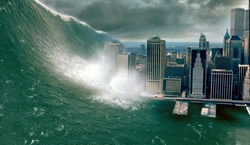 As President Tom Beck (Morgan Freeman) soothes the nation with those dulcet, proto-Obama tones, a group of astronauts with the unlikely names of Spurgeon Tanner (Robert Duvall), Oren Monash (Ron Eldard) and Dr. Gus Partenza (Jon Favreau) look to blow up the thing with nuclear missiles. Meanwhile, Wood marries his 15-year-old girlfriend (Leelee Sobieski).
As President Tom Beck (Morgan Freeman) soothes the nation with those dulcet, proto-Obama tones, a group of astronauts with the unlikely names of Spurgeon Tanner (Robert Duvall), Oren Monash (Ron Eldard) and Dr. Gus Partenza (Jon Favreau) look to blow up the thing with nuclear missiles. Meanwhile, Wood marries his 15-year-old girlfriend (Leelee Sobieski).
When I originally viewed this in the theater, I was a bit bummed by how little destruction there actually was. But, watching it now, I’m actually impressed by the amount of scientific planning — fake or not — that went into the months of prepping before the actual aerial collision, and I believe that’s mostly thanks to director Mimi Leder and writers Bruce Joel Rubin and Michael Tolkin.
So while Earth might not be affected by a comet the size of New York City anytime soon — dear God, I sure hope not — while under quarantine we can at least, collectively, watch this slow-burn sci-fi flick and dream about better times when the total immolation of our planet was the only thing we had to worry about. —Louis Fowler

